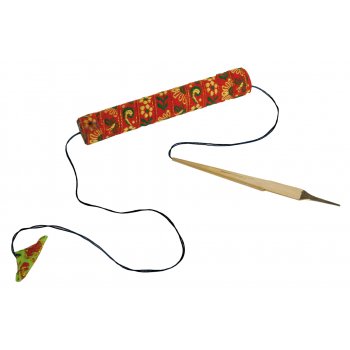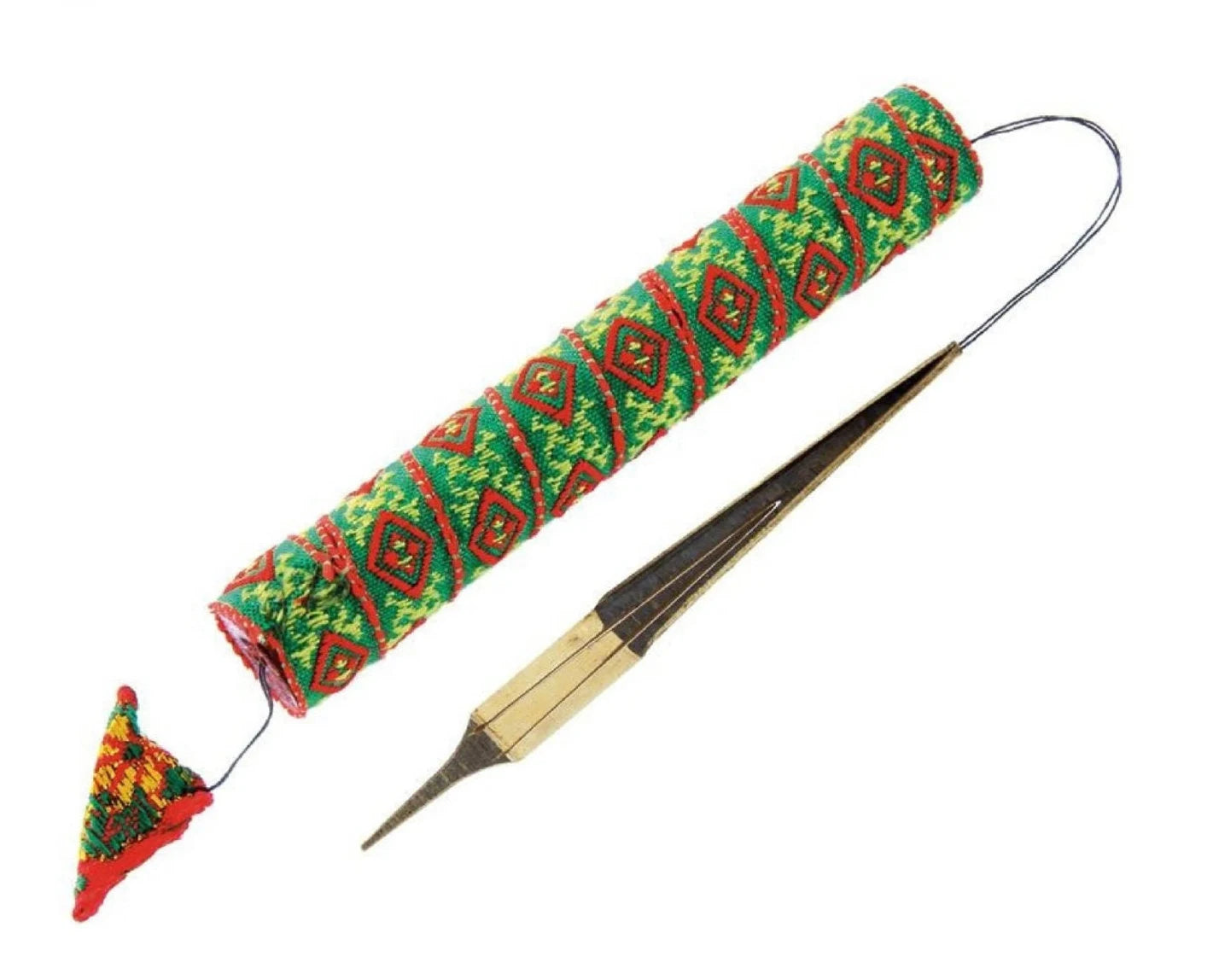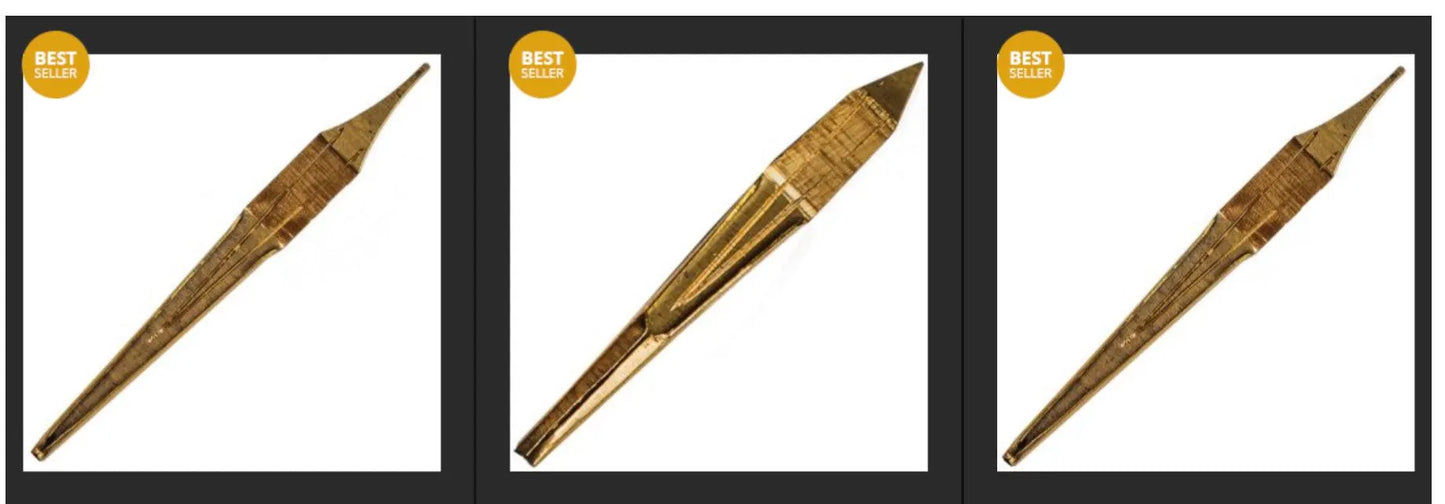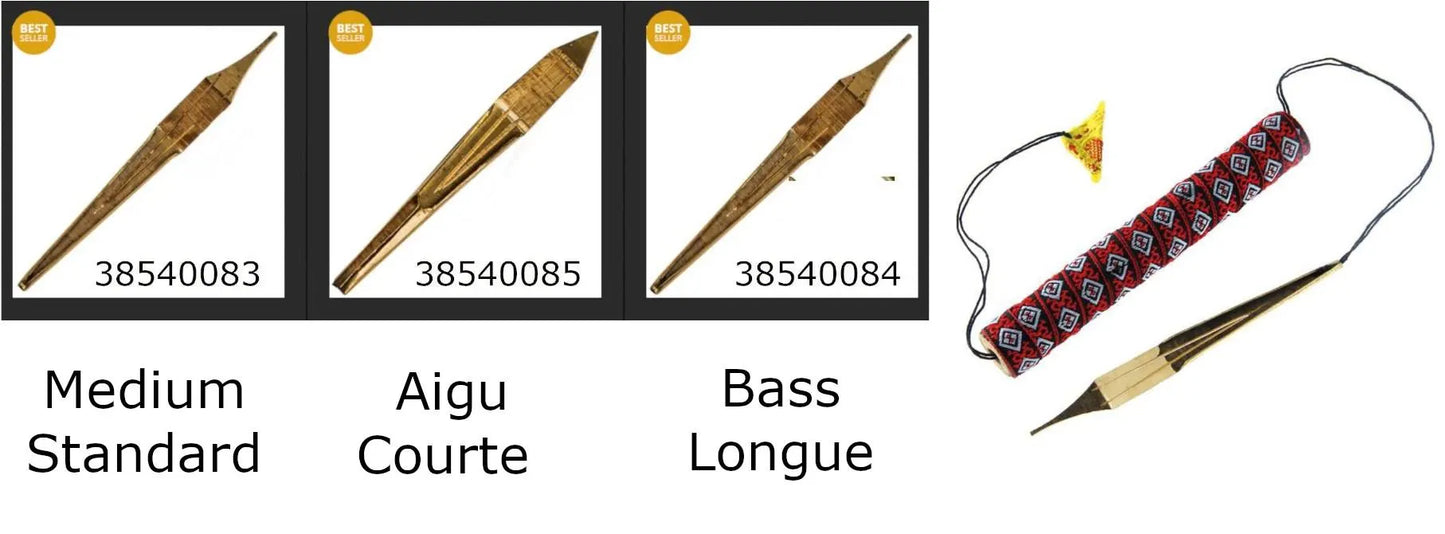Dan-Moî Jew's harp from Vietnam, an authentic model from the Hmong tribe. Sold in a colorful bamboo case. 3 sizes to choose from, very easy to play!
Dan-Moî Jew's harp from Vietnam, an authentic model from the Hmong tribe. Sold in a colorful bamboo case. 3 sizes to choose from, very easy to play!
Couldn't load pickup availability
- ✧─────✧
About the product:
→ Traditional Vietnamese Jew's harp 'Dan-moi', model with case
🌍 Origin: Vietnam
📐 Dimensions: 8 to 12 centimeters x 2 in diameter
🧬 Material: Brass metal
🎶 Sound type: Soft, high, medium to low depending on the size
📦 Packaging: Individually
🎁 Ideal for giving as a gift or treating yourself!
👉 Unlike other jaw harps that are placed against the teeth, the Đàn môi is played on the lips, which gives a softer sound that is closer to the voice.
Among the Hmong, it is reputed to be a secret instrument of love: young people communicated coded messages through music.
Some contemporary Vietnamese musicians use it today in experimental and electronic music concerts, as its harmonics lend themselves well to amplification.
📋 Fact sheet:
| Element | Description |
|---|
| Name | Đàn môi (Vietnamese jaw harp) |
| Origin | Vietnam (especially among the Hmong and Thai mountain minorities) |
| Matter | Metal (often brass, bronze or steel) |
| Shape | Flexible, thin blade set in an elongated, spatula-shaped frame; held directly between the lips (unlike other jaw harps) |
| Game mode | The tongue is pulled and released with the fingers; the lips, oral cavity and breathing modulate the sounds |
| Number of blades | 1 blade (sometimes more in modern variants, but the traditional model is simple) |
| Tones | Soft, melodious and intimate timbre; less metallic and more “vocal” than other jaw harps |
| Style of play | Traditional music of minorities; often played solo, sometimes to accompany songs or rituals |
| Sound characteristics | - Soft, muffled, singing sound - Great expressive capacity thanks to lips and breathing - Sounds like an inner voice, conducive to meditation |
| Use | Often linked to seduction (love dialogue); also played as a personal instrument, for pleasure or meditation |
| Symbolic | Considered an instrument of intimate and emotional communication, linked to rural traditions and loving exchanges |
- ✧─────✧
A question? A comment? | Order and delivery information
A question? A comment? | Order and delivery information
⋯⋯⋯⋯⋯⋯⋯⋯⋯⋯⋯⋯⋯⋯⋯⋯⋯⋯⋯⋯
📞 Customer service available from Tuesday to Saturday , from 10am to 7pm (French time)
- 🇫🇷 From France: 06 51 85 38 18
- 🌍 From abroad: +33 6 51 85 38 18
- 💬 Live chat: via the bubble in the bottom right corner of your screen
- 📧 Email : available 24/7 – we respond quickly!
⋯⋯⋯⋯⋯⋯⋯⋯⋯⋯⋯⋯⋯⋯⋯⋯⋯⋯⋯⋯
🔖 Order today and receive your package within 2 to 10 days depending on your continent.
💳 Secure payment & certified by SSL encryption 🔐
↩️ Returns & exchanges possible within 14 to 30 days after receipt.
🌍 Shipping costs are calculated automatically based on your shipping address at checkout.
📦 Country of shipment: France 🇫🇷
Share









